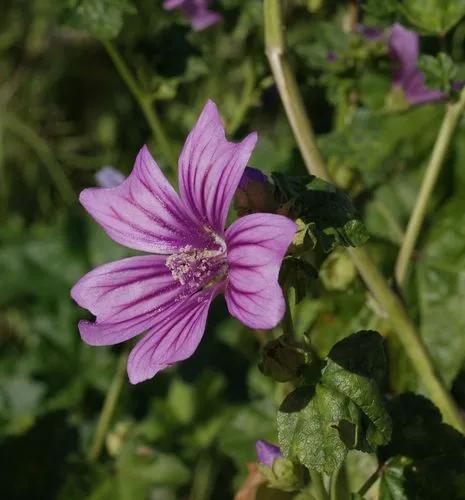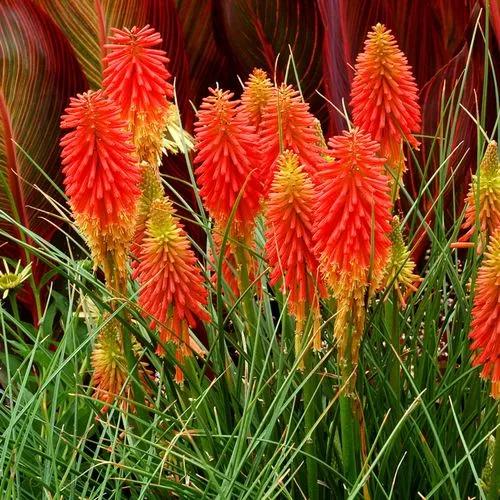Brassica juncea, commonly known as Chinese mustard, brown mustard, Indian mustard, or leaf mustard, is an annual herb that is native to southern and eastern Asia. It has been cultivated for food in Europe and Asia for hundreds of years. It has given rise to a diverse range of leaf vegetables, little known in Europe, but popular in eastern Asia, including various Chinese mustard greens and Japanese mizuna. This plant has been much cultivated in some areas for harvest of spring mustard greens which may be added raw to salads. Older leaves are often boiled before eating. Garden plants typically grow to 1-2’ tall, featuring short, petiolate, elliptic to obovate basal leaves (to 1’ long) with 2-3 lobes per side and upper stem leaves which are much smaller and entire. Leaf edges are toothed, scalloped or frilled. Masses of bright, yellow, 4-petaled flowers mature to 1.5” long, but are not ornamentally attractive. Although extensively grown as a vegetable for its leaves, this plant is also often grown in some areas for its pungent seeds which are used to flavor many dishes and for its seed oil which is used in Asia for cooking. Pods containing smooth brown seeds mature in summer. Seed is the source of brown mustard. This plant has also developed a reputation outside the culinary area as a somewhat invasive weed (it is currently included on invasive species lists in Michigan, Florida and Alaska).
Brassica Juncea Care
Brassica Juncea



Invasive in Australia, New Zealand, Japan, the Americas, and many Pacific Islands.
How to Care for the Plant

Water

Keep well watered until seeds germinate, which takes from four to seven days depending on the temperature.

Pruning

Harvest mustard leaves by cutting the outer leaves off at the base as needed. The smaller the leaves the more tender their texture.

Fertilizer

Add granular fertilizer with a nitrogen-phosphorus-potassium content of 10-20-10 to garden soil with a pH from 6.0 to 7.5. Sprinkle 1 cup of fertilizer per 10-foot row across the soil at planting time and work it into the soil before sowing the mustard seeds.

Sunlight

Break up a section of garden in full to partial sun with a hoe. When your garden is in a particularly warm microclimate, afternoon shade helps the plant produce longer.

Soil

Sow mustard seed directly in garden soil -- 1/2 inch deep and 1 inch apart -- when the soil temperature is from 45 to 85 degrees Fahrenheit.

Popularity

638 people already have this plant 42 people have added this plant to their wishlists
Discover more plants with the list below
Popular articles






